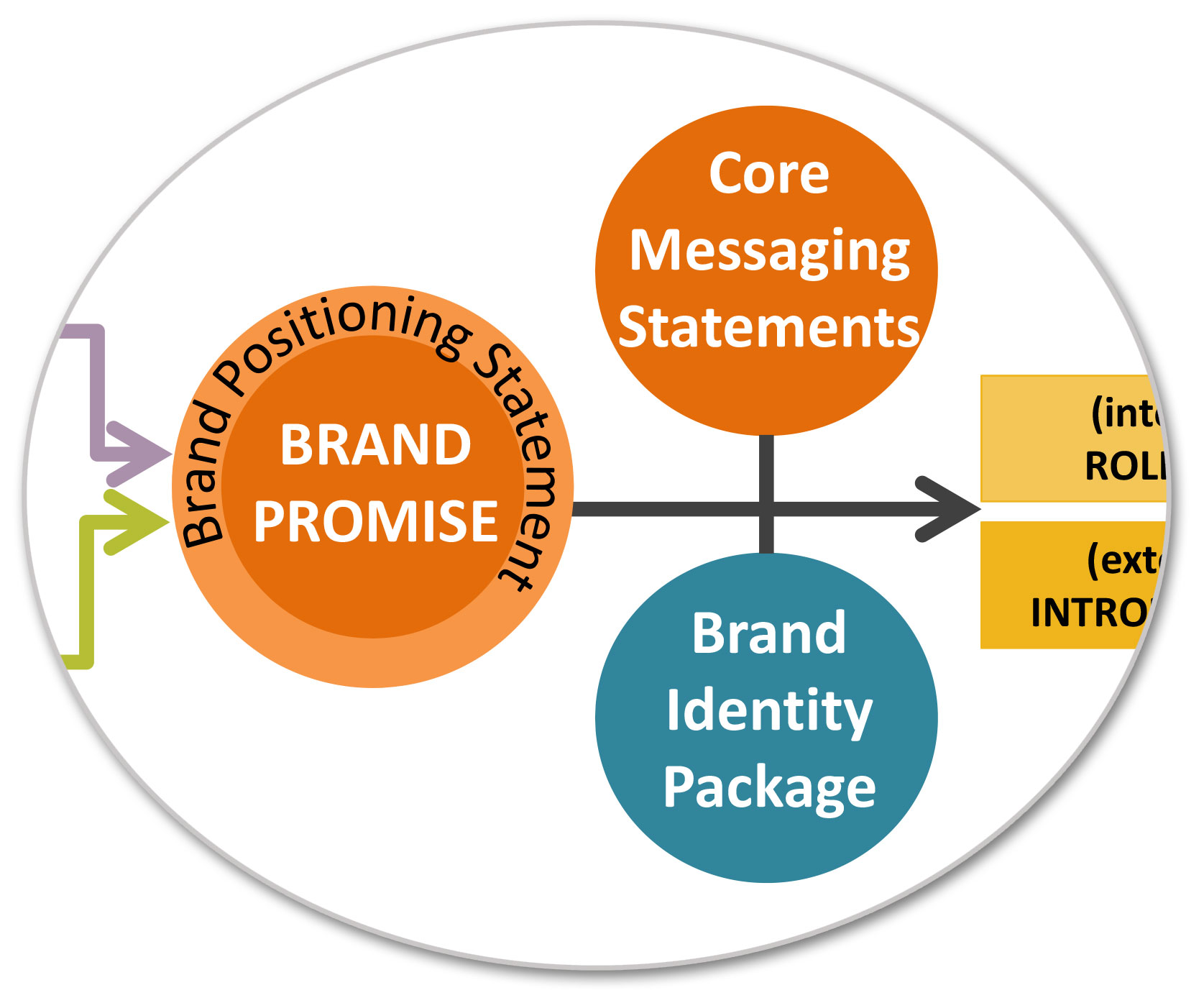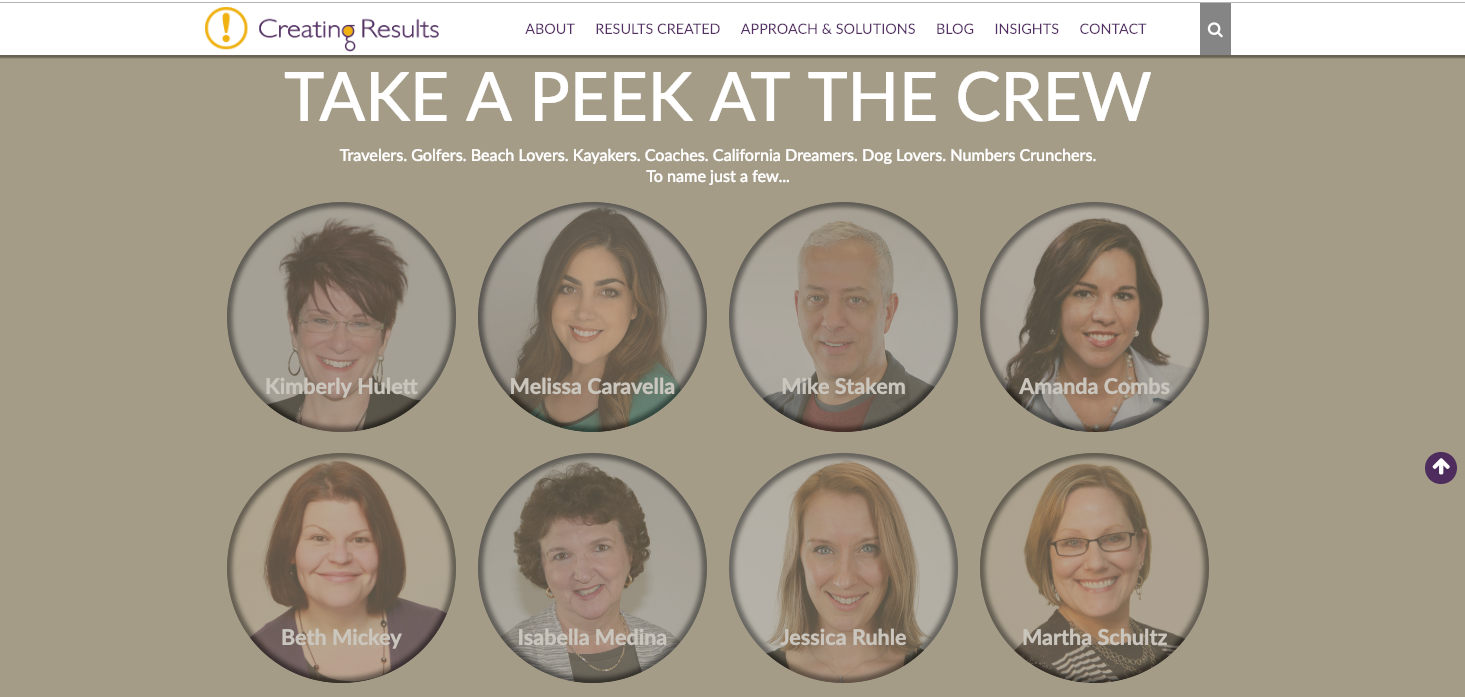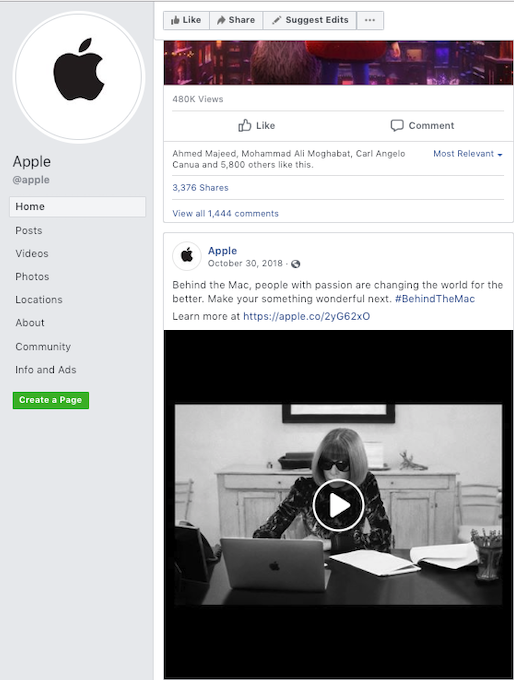An increasing number of organizations are investing in developing “voice and tone” as part of their communication strategy, recognizing how important it is to deliver content that consistently supports and reflects their brand. This is especially valuable for 55+ and senior living communities. Having a consistent brand voice and tone can help build trust and affinity with mature consumers, a market that came of age in an era when conversation and face-to-face interaction were the norm.
We all need this guidance, given that we consistently serve daily (if not hourly) content through myriad channels, often managed by different individuals. That equates to thousands of communications annually, even for a small organization. Without guidelines to adhere to, there’s an increased risk of inconsistencies appearing in your brand’s voice and tone given the amount of content your team is producing. Here’s a quick look at the purpose of these guidelines and how to use them.
The Purpose of Voice and Tone
Enabling your company to uncover and use its brand attributes to communicate authentically to an identified audience. The key to this is research. Attribute surveys, a stakeholder SWOT analysis, competitive positioning surveys, unique selling propositions (USPs), personas — all of these elements help lay the foundation for developing voice and tone. Whether you have a full communication plan in place, or only a set of brand guidelines, your voice and tone guidelines should be built from a brand promise and core messaging statements that support it.
 Providing a set of norms that can be used to ensure content is connected to — and driven by — strategy. If not a full-blown marketing plan, you presumably have some form of strategic roadmap for how your content is going to be used to achieve your objectives. Whether your strategy is built on the purchase funnel model (shown below), or another model, the tactics in that strategy represent all the touchpoints where your voice and tone can come into play.
Providing a set of norms that can be used to ensure content is connected to — and driven by — strategy. If not a full-blown marketing plan, you presumably have some form of strategic roadmap for how your content is going to be used to achieve your objectives. Whether your strategy is built on the purchase funnel model (shown below), or another model, the tactics in that strategy represent all the touchpoints where your voice and tone can come into play.
Where They Should Live
Voice and tone guidelines are a core element of your organization’s source of truth. They detail your style and personality (voice), and how you communicate in different contexts (tone). They can be built into your editorial style guide in the form of keywords, phrases and copy blocks. Like the other elements of your style guides, they become a living, breathing entity that can be updated and expanded as needed. Below is an example of how they can be formatted.
Where They Should Be Applied
Everywhere! Whether in print advertising, social media posts, websites, emails, printed collateral or personal interactions, using your voice and tone guidelines will help shape your content.
Websites. If you noticed in the sample copy above, the way an organization talks about itself is influenced by voice and tone. And nowhere is this more visible than on a website. At Creating Results we have an informal, friendly culture that celebrates and values individual talents and personalities, so we took the opportunity to go beyond About Us.
Headlines. They are often factual and downright dull, but they can be so much more! Note the difference between these two headlines. The first one takes a humorous, light-hearted approach to a serious subject. The second just tells the facts. Which one communicates voice and tone? Which is more interesting to read?
Social Media. Put voice and tone into practice by telling stories and using vivid language. The words and phrases that shape your voice and tone can help you create a narrative or take your audience on a journey (or an implied journey). It only takes a few words.
For example, Apple’s brand promise is about innovation and inspiration (products that help us see the world differently). In this Facebook post (before you even get to the video), the reader is challenged to take a personal journey of empowerment (to change the world) and inspiration (do something wonderful). So much more impactful than saying “Get a Mac…it will help you do stuff,” or “Watch this video.”
These are just a few examples of how an organization’s personality (voice) can be communicated effectively in different contexts (tone). If your organization already has voice and tone guidelines in place, you’re ahead of the game when it comes to producing content that gives your brand life. If you don’t have guidelines in place, you are missing out on an opportunity to distinguish your brand from competitors in the eyes of your target audience. Giving your team guidelines they can use to more effectively communicate what is unique and special about your organization not only helps strengthen your brand, but also builds internal brand equity.
Contact us to learn how and why you should use voice and tone to strengthen your brand and engage your customers.
Get More Insights with eNews
Sign up for eNews to keep up with the latest mature marketing insights, as well as the latest trends in the 55+ and senior living industries.









